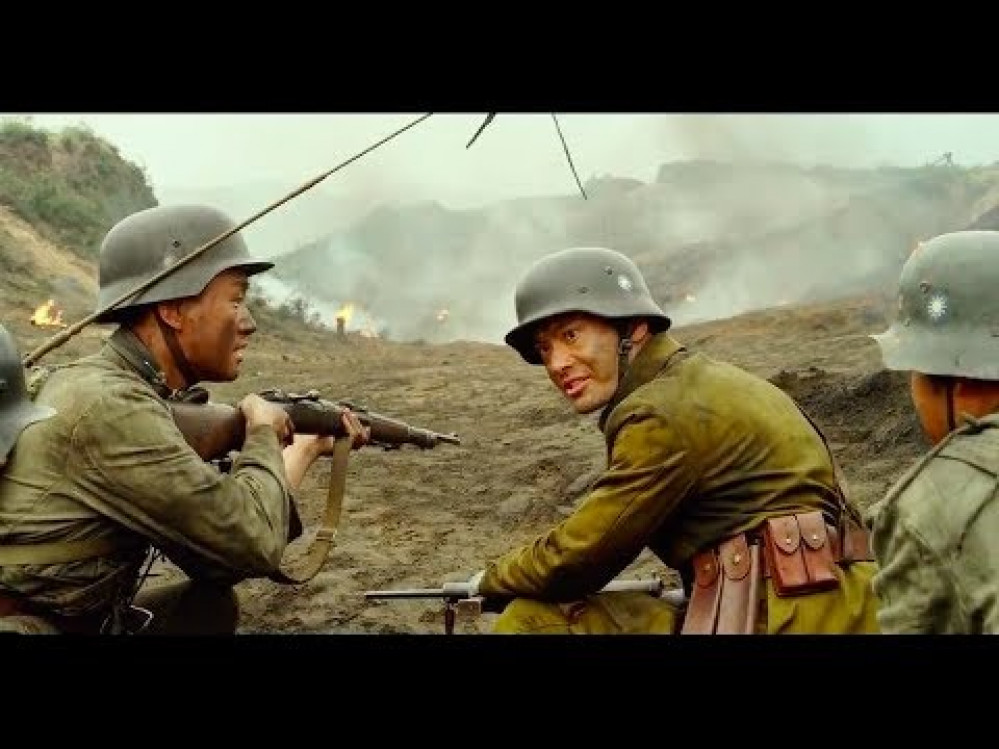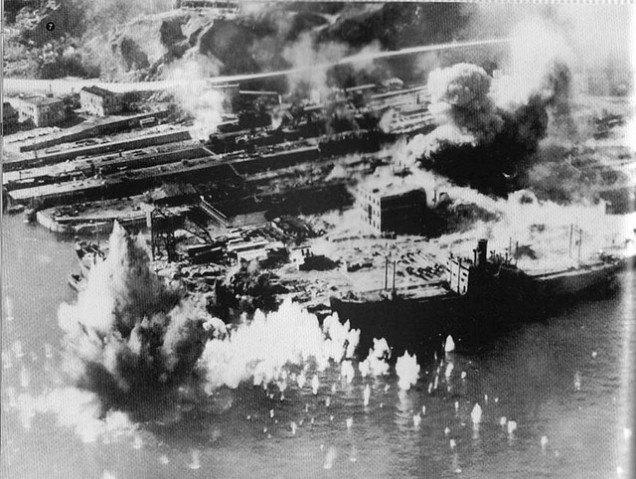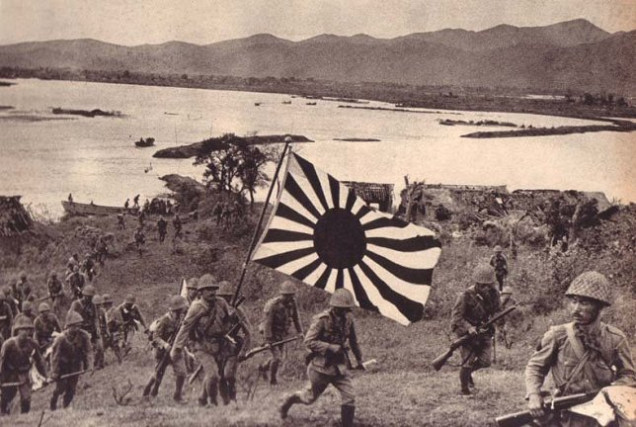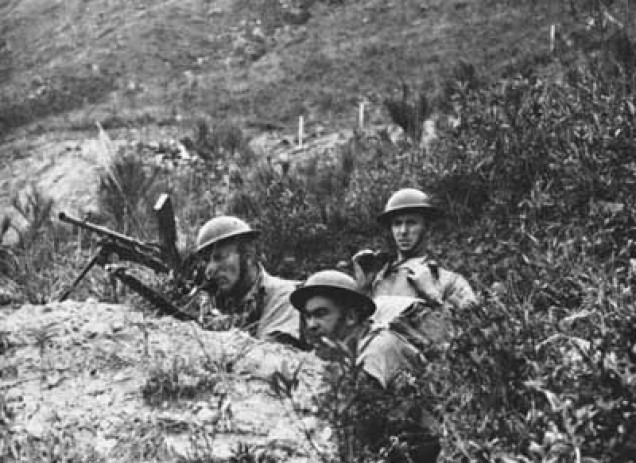
Bolt Action Germans, Allies and Chinese Armies
Hong Kong during WW2
The Japanese occupation of Hong Kong began on the 25th December 1941. It occurred after 18 days of intense fighting, the occupation lasted for 3 years and 8 months until Japan surrendered.
In January 1942, former members of the Hong Kong police, along with Indians and Chinese were recruited into a new reformed police force called the Kempeitai and were issued new uniforms to mark this occasion.
They routinely carried out executions at Kings Park, Kowloon, they practiced Be-headings, shooting practice, and bayonet drills on local Chinese. The Japanese organised the police force into five divisions, East Hong Kong, West Hong Kong, New Territories, Kowloon and the water police.
Life was hard for the locals under Japanese occupation, food was scarce and rationed. Many of the public hospitals were taken over and converted into military medical facilities. Those that were still run as public hospitals were inadequately resourced.
Hong Kong and Kowloon Independent Brigade
Two months after the battle for Hong Kong, the Hong Kong and Kowloon Independent brigade was formed on February 3rd 1942. It was organised by the Communist Party of China, who were in an uneasy alliance with the ruling KMT party in mainland China.
Later the brigade became the local branch of the East River Column, which comprised of guerillas from the Guangdong region. Most of the Hong Kong recruits were young Hakha villagers from the New Territories.
By 1943 the brigade was 5000 strong, their familiarity with the local terrain allowed them to rescue an estimated 800 people which included Chinese intellectuals and allied soldiers. They also provided valuable intelligence to the British Army Aid Group, who were an active British Intelligence unit operating in Mainland China.
One of the actions carried out by the brigade was the bombing of a railway bridge on Argyle street. They also assassinated collaborators which damaged Japanese intelligence gathering.
Unfortunately after the war they received very little recognition from both the UK and China. The UK government ignored their contribution because they were originally formed by the Chinese communist party, whilst Mao accused them of localisms. It wasn’t until the 1980’s that both countries started to acknowledge the contribution these brave partisans/soldiers achieved in the fight against the Japanese.
British Army Aid Group
BAAG (British Army Aid Group) was a military intelligence group who operated in mainland China during WW2. In the British Army order of battle it was classified as MI9. A unit who were responsible for assisting prisoners of war to escape from Japanese prison camps.
The unit was formed by Sir Lindsey Ride, who had been commander of the Hong Kong voluntary Defence Corps Field Ambulance. He was captured by the Japanese but escaped from Sham Shui Po POW camp and fled to China. Once in China he set up BAAG with three trusted officers.
During the war the group repeatedly sent agents in to Southern China and Hong Kong on intelligence gathering missions. They also facilitated many POW escapes from Hong Kong. Many of these POW’s rejoined the war effort, 128 men were re-trained for operations with the Chindits in Burma.
Many of the BAAG were later recruited into leading roles in post-war Hong Kong civil administration. Lindsey Ride returned to Hong Kong and in 1949 became the University Vice Chancellor.











































































Leave a Reply